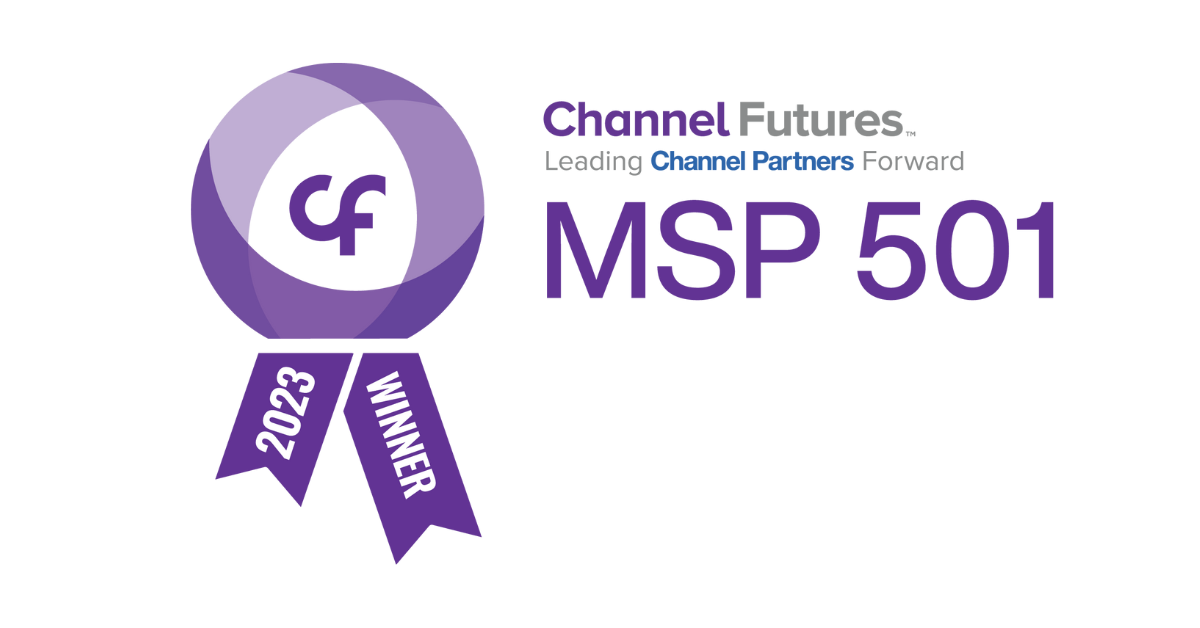Modern Device Lifecycle Management: Keeping IT Operations Nimble and Secure
In years past, device lifecycle management may have been seen as just an IT task. With the rise of remote work, it’s an increasingly critical business function. From onboarding new employees to decommissioning aging hardware, every stage of the device lifecycle directly affects user productivity, business continuity, and IT security. That’s why our recent joint webinar with All Covered (our sister division under Konica Minolta) focused on tackling one of the most persistent operational challenges: turning chaotic device management into a smooth, predictable process.
Here are the practical insights we gathered from that session, tailored for businesses ready to elevate their endpoint strategy.
What We Really Mean by "Device Lifecycle"
The term “lifecycle” often gets narrowed down to refresh cycles and procurement timelines. But a more useful definition spans the full journey of device lifecycle management—from acquisition and deployment to repair, replacement, and secure disposal. In other words, it’s about smart procurement and staying business-ready every step of the way.
Device Lifecycle Management Metrics That Matter (and Why They’re Worth Tracking)
Understanding where your devices are and how they’re performing is essential. Some key indicators discussed in the session included:
- Uptime and availability
- Configuration and provisioning speed
- Compliance (e.g., encryption, patching)
- Lost/stolen device rates
- Repair and return timelines
With the right tracking, these metrics can move from being IT concerns to business performance levers.
Security Starts with Lifecycle Thinking
Your cybersecurity solutions may do some heavy lifting, but physical device handling plays a major role too. Whether it’s secure erasure at offboarding or real-time tracking to prevent asset loss, device lifecycle management is a frontline defense against data breaches.
First Impressions Count: Don’t Undervalue Day One
One of the more memorable takeaways: a smooth device hand-off on an employee’s first day can be just as impactful as a well-run orientation. Imagine receiving a device that’s clean, pre-configured, secured, and maybe even personalized. It says something about your company’s culture, and it reduces those dreaded first-week support tickets.
Inventory Visibility Is Power
Managing hundreds (or thousands) of devices across multiple roles, locations, and refresh cycles requires real-time visibility. When you don’t know what’s sitting on a shelf versus what’s out in the field, you risk overspending or underpreparing. A good lifecycle strategy helps reclaim control.
Flexibility Without the Fire Drills
Many organizations hit pain points when scaling; refresh projects, role changes, or remote hiring can all expose process cracks. Building workflows that flex with business demand—without blowing the budget—was a big focus of the conversation. That means standardizing device types where possible, preparing for rapid redeployment, and planning failure rates realistically.
Beyond IT: It’s a Team Effort
Device lifecycle management now touches HR, finance, sourcing, and operations. Whether it’s deciding on OpEx vs CapEx strategies or aligning user roles with device profiles, cross-functional collaboration is key to building a lifecycle program that doesn’t break under pressure.
Build It, Break It, Fix It: A Case for Continuous Improvement
One of the most honest reflections from the webinar was this: every improvement in lifecycle workflows came after a mistake. And that’s okay. Feedback loops—especially from end users—are gold. Engage users who’ve had less-than-perfect onboarding experiences and invite them to shape the fix. You’ll not only earn trust but also improve faster.
Final Thoughts:
Device lifecycle management isn’t just IT’s domain anymore. It’s an essential layer of your company’s operational health and agility. And whether you’re managing a few hundred or a few thousand devices, the right lifecycle practices can reduce risk, improve user satisfaction, and stretch your IT investments further.
Want to learn more about device lifecycle management? View the whole webinar here.
At IT Weapons, we’ve helped businesses across Canada strengthen this foundation, and we’d love to help you too. Whether you're just starting or looking to optimize a mature program, let's talk.
Back to blogRelated Posts

IT Weapons Wins Best Mid-Market Solution – Gold at CDN Channel Elite Awards

Konica Minolta Ranked on Channel Futures MSP 501

Microsoft Exchange Vulnerability Advisory


